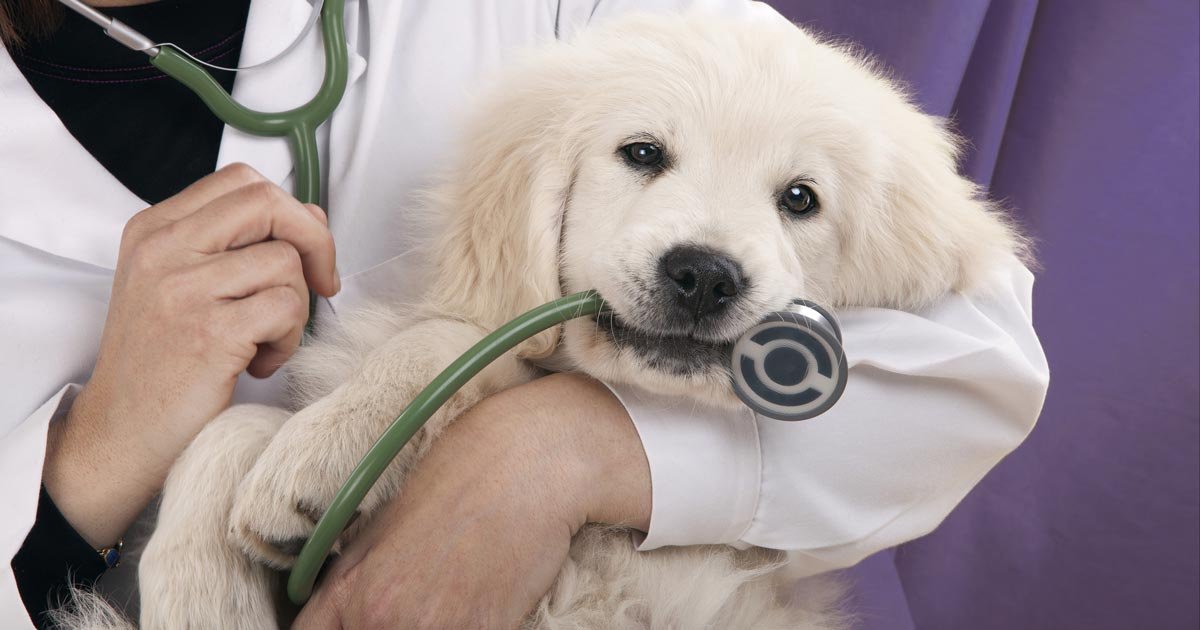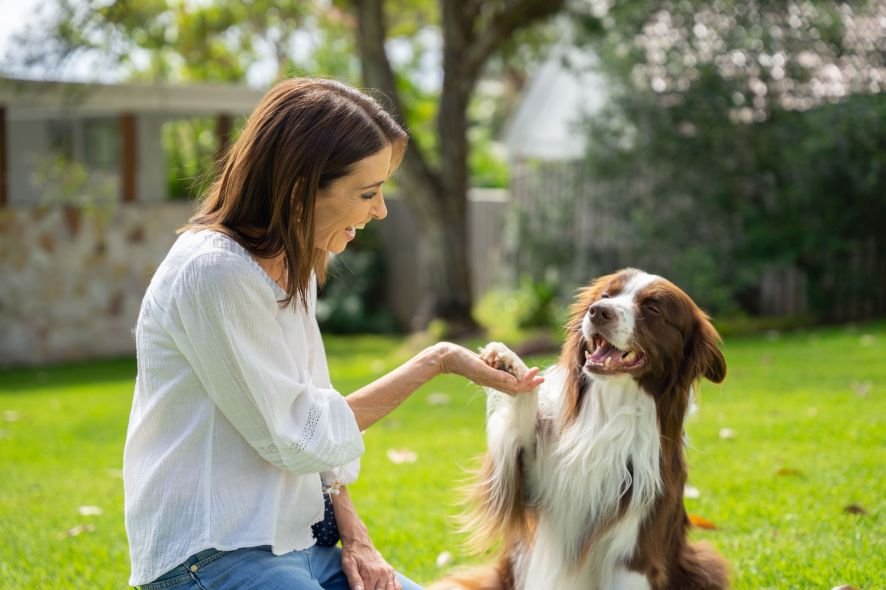My dog is vomiting yellow bile. What should I do? Home Remedies are here!
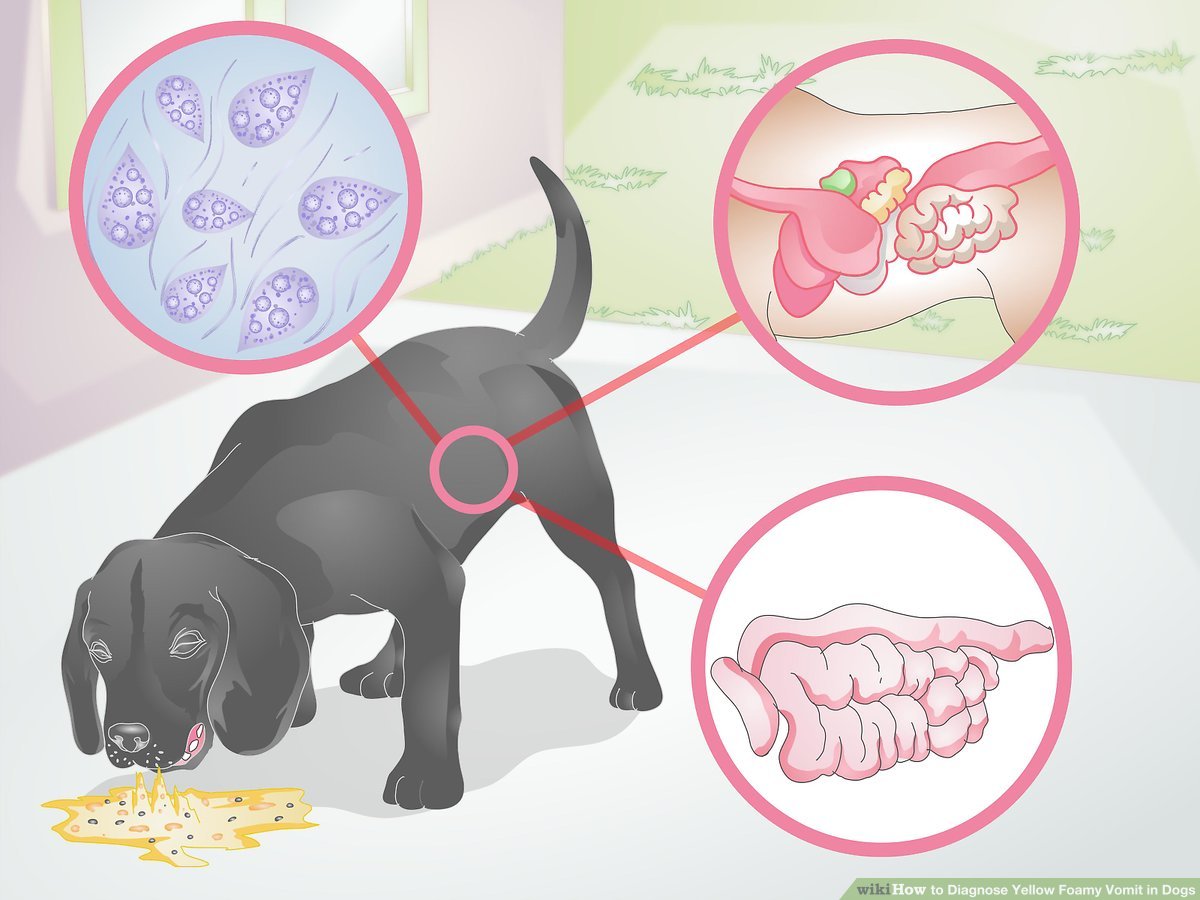
Are you at home with your puppy and notice that your dog is vomiting, and they’re vomiting yellow bile? It’s natural to feel worried and wonder what’s wrong. When dogs vomit yellow bile, it often means their stomach is empty, and the acid in their stomach is making them vomit. However, there are other possible reasons for this that you should know about.
Is Your dog is vomiting yellow bile?
This blog post is for worried pet owners like you! We’ll give you useful information about why your dog might be vomiting yellow bile and what you can do to help. You’ll learn about what’s in the vomit, possible treatments, and when you should see a vet. This post will answer all your questions and concerns about your dog’s yellow vomit.
We hope this article helps you feel better and more confident about your dog’s health. Let’s get started! Here are the answers to what you should do if your dog is vomiting yellow.
What is the Yellow Bile?
When a dog’s vomit is yellow, it’s usually because of bile from their small intestine. Bile is a digestive juice that helps break down food so dogs can absorb nutrients. It’s normal for dogs to sometimes vomit yellow bile if their stomach is empty.
Stomach acids can also make your dog vomit yellow bile. If your dog hasn’t eaten for a while, their stomach makes hydrochloric acid, which can irritate the stomach lining and cause them to throw up yellow bile.
What does it, mean when dog is vomiting?
Seeing your dog vomit can be very worrying, especially if the vomit is yellow. Yellow vomit in dogs can happen for many reasons, like bile buildup, food allergies, an empty stomach, an intestinal blockage, or even liver disease. No matter the cause, your dog’s stomach is trying to tell you something, so it’s important to find out what’s wrong.
Empty Stomach:
Bright yellow vomit usually means stomach bile. This color is more noticeable if your dog had an empty stomach before vomiting. Bilious vomiting syndrome is common in dogs and happens when they throw up yellow bile due to an irritated empty stomach.
Your dog vomits because their body wants to get rid of the bile, which can be uncomfortable. If your dog’s stomach stays empty for too long or too often, they might get dehydrated. So, always keep plenty of water available and feed them regular meals throughout the day.
High Fat Food:
Fatty foods can upset your dog’s stomach and make them vomit yellow bile. If you recently fed your dog a fatty meal, that might be why they are vomiting. Eating something that upsets their stomach can also cause them to throw up yellow bile.
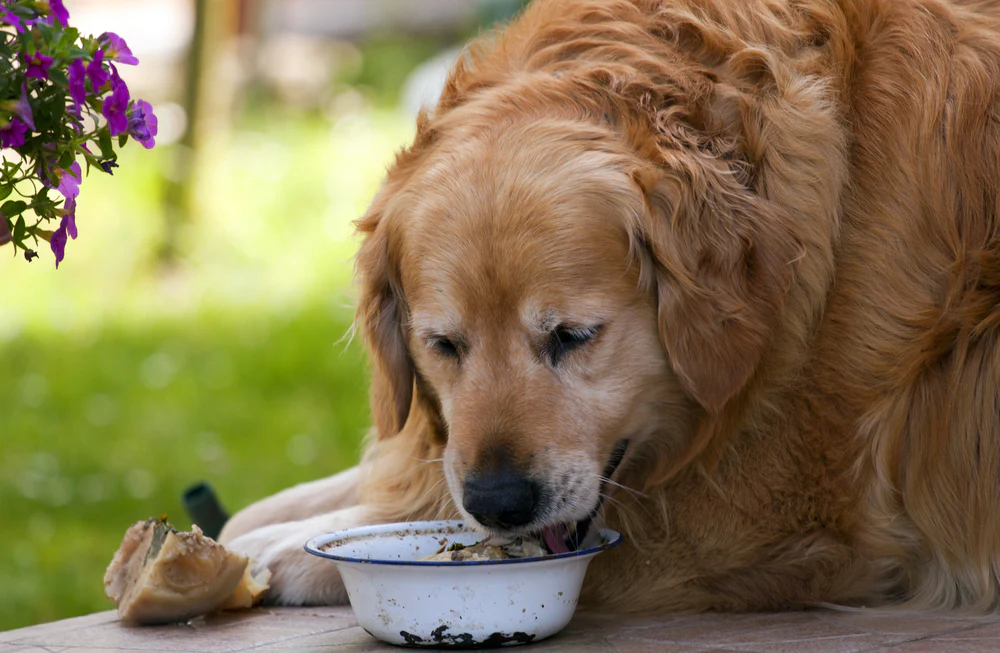
Food Allergies:
If you see yellow foam or pieces of food in your dog’s vomit, it could be due to food allergies. Allergies can make the stomach and intestines swell up, leading to vomiting yellow bile or food that your dog ate recently. A special diet might be needed to figure out what’s causing the allergies and find a better food for your dog.
What does an elimination diet involve?
An elimination diet involves taking out specific ingredients from your dog’s food for a while to see if any of them are causing them to vomit yellow bile. Keeping a record of what foods you remove and watching how your dog feels can help figure out what might be causing their allergies or intolerance, or the bilious vomiting syndrome.
Intestinal Blockage
Sometimes, swallowing something unusual or eating too fast can block a dog’s digestive system. If your dog likes chewing toys or objects, this might make them vomit yellow bile. If these blockages aren’t treated, they can cause more problems and even be fatal.
If you think there might be a blockage, get help from a vet right away. The vet will take X-rays to check for anything stuck and decide on the right treatment.
Stomach ulcers and other diseases that affect the digestive system
Frequent vomiting in dogs could indicate gastrointestinal diseases like stomach ulcers, kidney disease, inflammatory bowel disease (IBD), or pancreatitis. These conditions often come with abdominal pain, so it’s important to see a vet for a proper diagnosis and to help your dog feel better.
If your dog keeps vomiting or it gets worse, it’s crucial to get veterinary help to check for serious health issues causing their discomfort and vomiting. Before scheduling an appointment, there are some things you can do at home to ease the symptoms of yellow vomit in dogs.
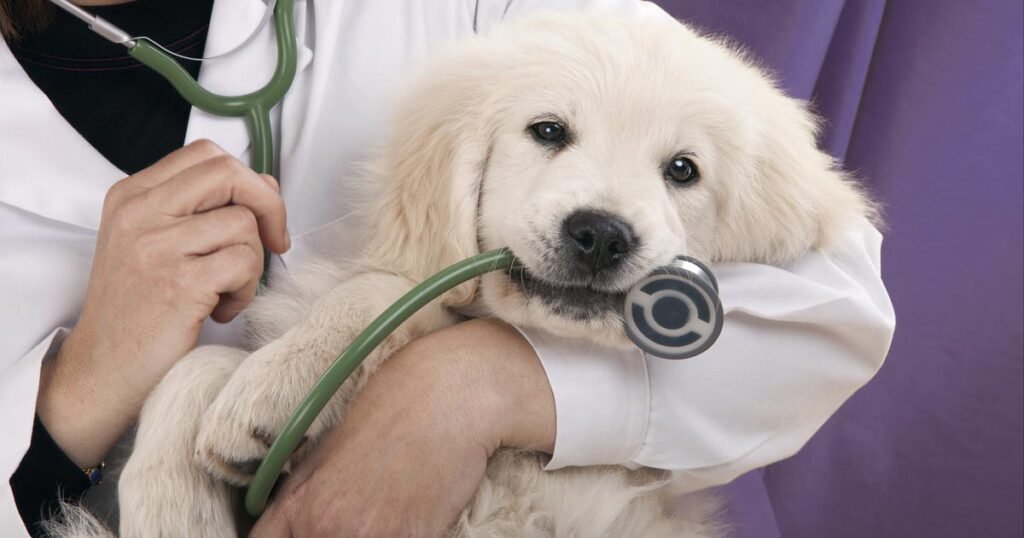
When to Seek Help?
As a responsible pet owner, it’s natural to worry about your dog’s health when they vomit yellow liquid. While occasional vomiting might not be a big concern, it’s important to know when to see the vet. If your dog vomits often or shows signs like being tired all the time, not wanting to eat, diarrhea, or blood in the vomit, it’s time to talk to a vet.
Throwing up bile could mean your dog has a serious health problem, like stomach or kidney issues, liver disease, or even cancer. Don’t wait to get help from a vet, because catching problems early and treating them can really help your dog feel better. Remember, your furry friend depends on you to take care of their health, so keep an eye on how often they vomit and get help if you need it.
Indicators to monitor for assessing the seriousness of the problem
Determining the seriousness of your dog’s vomiting can be challenging, but there are signs to watch for:
- Frequency of Vomiting: If your dog vomits more than twice a day, it might signal a serious issue. It’s important to consult a vet.
- Type of Vomit: Pay attention to the color, consistency, and smell of the vomit. Yellow bile, chunks of food, or foreign objects could indicate an obstruction that needs vet attention.
- Other Symptoms: Look for signs like fever, lethargy, loss of appetite, or diarrhea. These could indicate an infection or another medical problem requiring immediate veterinary care.
Home Remedies To Try Before Seeing a Vet
As a pet owner, it’s important to know that there are some home remedies you can try before taking your furry friend to the vet after you see them vomit yellow bile.
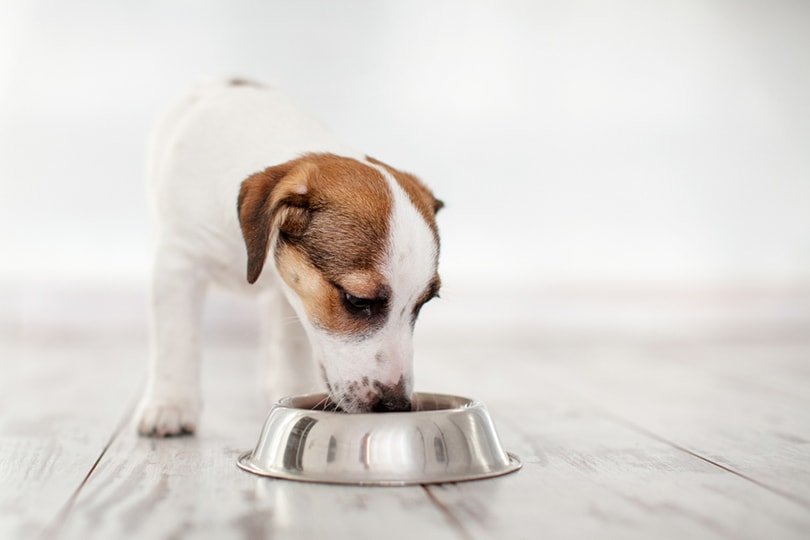
Boiled Rice & Boiled Chicken:
If your dog’s stomach is upset, you can offer them boiled rice or chicken instead of their usual food. This might help calm their stomach and give them some temporary relief from nausea.
Fasting:
Another approach is to withhold food from your dog for 12-24 hours, allowing their digestive system to rest and recover. During this time, make sure to offer plenty of water to prevent dehydration.
Probiotics:
Adding probiotics to your dog’s diet can balance their gut bacteria and enhance digestion. You can find probiotic supplements at pet stores or introduce natural sources like yogurt or fermented foods into their meals.
After visiting the vet, it’s important to follow up with proper care for your dog:
It’s a relief to know our pets are in good hands at the vet, but the care continues afterward! Follow-up care is crucial for a speedy recovery. Your vet will give you instructions, like giving medication or sticking to a special diet.
Following these guidelines can really help your pet heal faster. Watch for any changes in behavior or symptoms that might mean something’s wrong. Most importantly, give your pet lots of love and attention—they’ll appreciate it!
Here are some tips to prevent future vomiting episodes in dogs:
As pet owners, it’s tough to see our dogs suffer from upset stomach or bilious vomiting syndrome. Whether it’s a diet change or something they picked up outside, vomiting can happen often in dogs. But don’t worry—there are steps you can take to prevent it.
Start by feeding your dog a consistent, high-quality diet that suits their age and health. Avoid giving them table scraps or human food, which can upset their stomach and lead to vomiting. Always keep fresh water available and monitor how much they drink, as staying hydrated is crucial for their health. Watch for any signs of illness or discomfort and consult a vet if needed. With these tips and care, you can help your dog avoid future tummy issues.
It’s important to take proactive steps to care for your dog and prevent episodes of yellow vomit, which can vary in causes. Being aware of potential underlying issues, such as pancreatitis, is crucial—sometimes serious conditions can seem like simple stomach problems. Seeking veterinary advice is wise if you’re unsure about your pet’s health. By using simple home remedies and following up with vet visits, you can ensure your dog gets the right treatment and stays healthy and happy for years to come.

